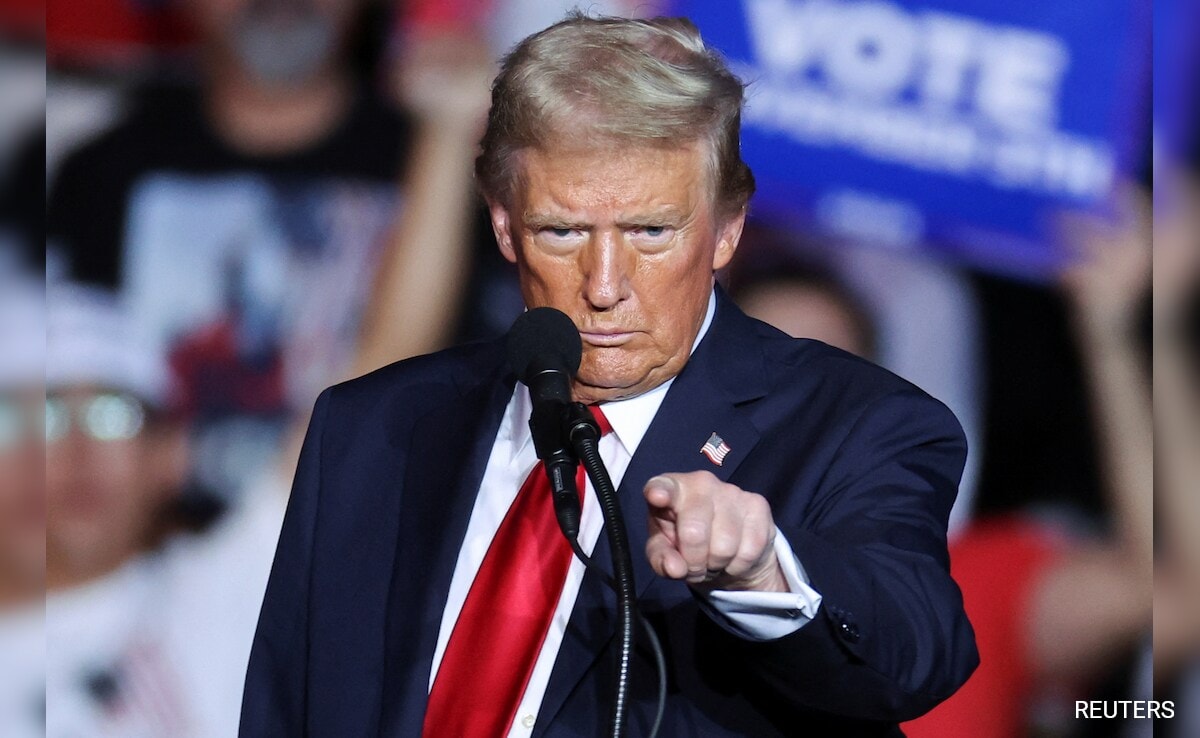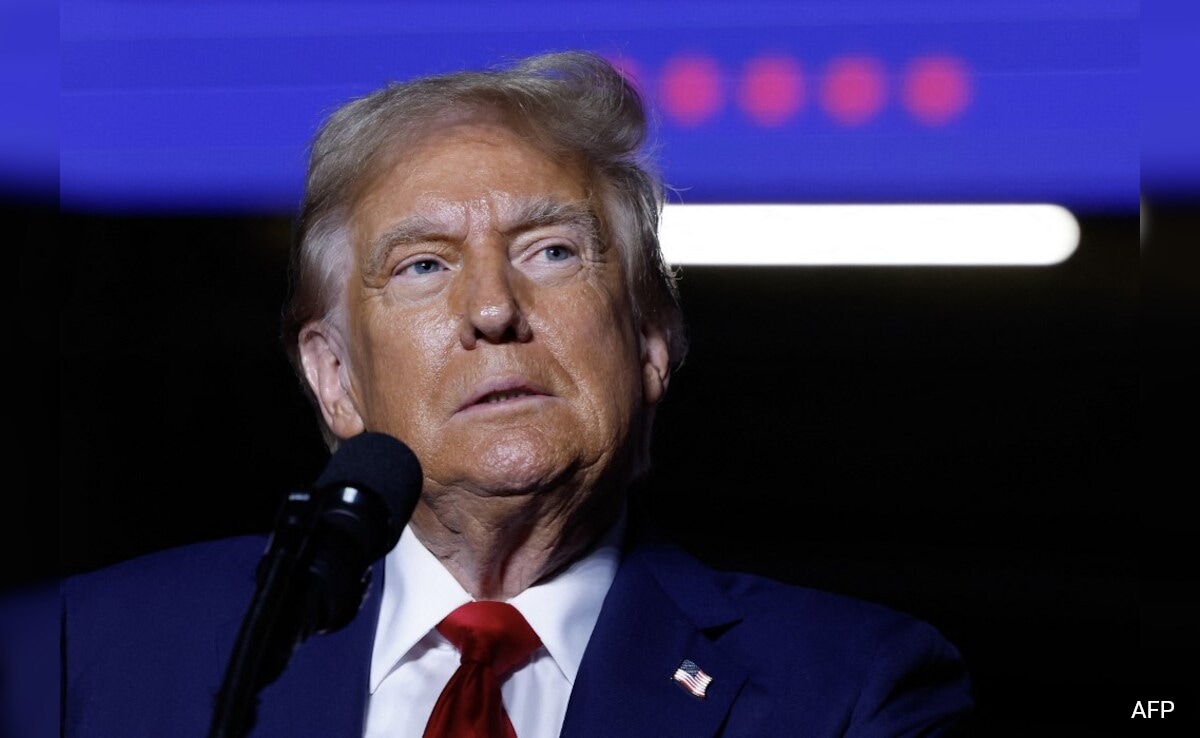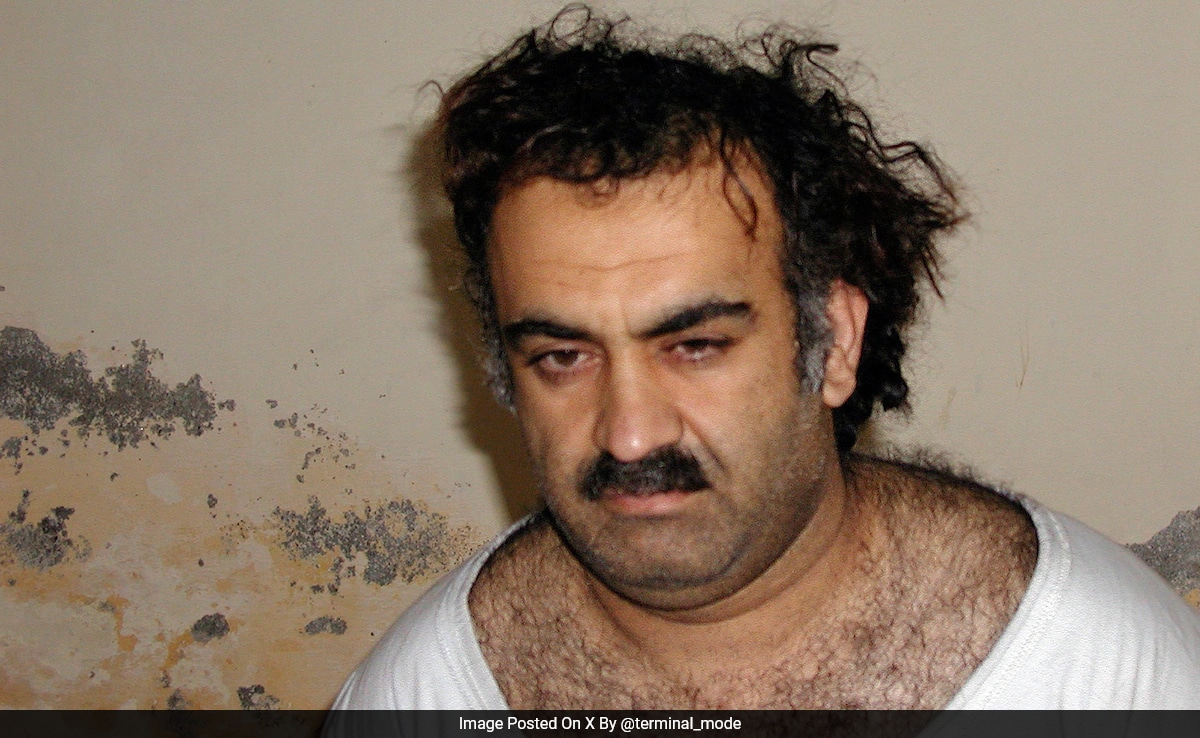Haryana will vote on October 1 for elections to its 90 assembly seats. The Congress, buoyed by its performance in the Lok Sabha elections, growing anti-incumbency against the decade-long Bharatiya Janata Party (BJP) government, and Jat discontent, is aiming to make a comeback in the state. The BJP, on the other hand, hopes to retain power by consolidating non-Jat votes and leveraging the work done by its state government, as well as exploiting factionalism within the Congress.
Congress Inching Forward
In the 2024 general election, both the BJP and the Congress won five seats each. The latter, notably, had won zero seats in 2019. While the BJP recorded a 46% vote share, the Congress received 44%. Four of the seats the Congress has won this time – Hisar, Sirsa, Sonipat, and Rohtak – are either in Jat-dominated areas or have significant Jat influence.
Jats make up 27% of Haryana’s population and are the most influential community in the state. About 60% of the time, the chief minister of the state has come from this community.
In 2014, the BJP appointed Manohar Lal Khattar, an OBC leader, as the Chief Minister of Haryana, overlooking the more favoured Captain Abhimanyu, a Jat candidate. This decision naturally did not sit well with the community, which is used to being in power in the state. Then, just before the general election, the BJP replaced Khattar with another OBC leader, Nayab Singh Saini.
There are 57 seats in Haryana where the Jat population exceeds 10% as the share of the population, and 37 seats where it exceeds 20%. As many as 30 of these seats are in the Rohtak and Hisar divisions. Despite winning the state in 2014 and 2019, the BJP has struggled in these constituencies, securing only eight and 12 seats here, respectively.
Why Jats Are Angry
The Jats are dissatisfied with the BJP’s strategy of anti-dominant caste politics and its decision to deny them the Chief Minister’s position. The fact that the party replaced its Jat chiefs in Rajasthan and Haryana with non-Jats ahead of the parliamentary polls, didn’t help either.
Jat leaders cite the Modi government’s alleged indifference towards their community, particularly towards farmers and wrestlers, as a major reason for their frustration. The farmer agitation and the wrestlers’ have only amplified this discontent.
The Agnipath scheme too, which reduces the service tenure to four years for most army candidates, has angered the Jats, who send a large number of youths to the force each year. The policy change amid already high unemployment rates in the state has demoralised them.
The JJP’s Story
The 2019 state elections had given a hung verdict. Though BJP still emerged as the single-largest party with 40 out of 90 seats, it had to form a post-poll alliance with the debutant Jannayak Janta Party, a splinter group of the Indian National Lok Dal (INLD). The JJP had managed to secure 10 seats, eight of them being in Jat-dominated areas. The growing Jat dissatisfaction thus led the JJP to end the alliance just before the general elections.
In any case, the JJP has lost credibility among Jats and failed to secure even 1% of the vote share in the general elections. Additionally, the party has split, with a faction dissatisfied with Dushyant Chautala’s leadership aligning with the BJP.
A Jat vs Non-Jat Election On The Cards?
The Haryana election is increasingly becoming a contest between Jats and non-Jats. The BJP is aiming to consolidate OBC, Brahmin, Bania, and Arora/Khatri votes, while the Congress seeks to attract Jats, Muslims, and SCs-three groups that together account for more than 50% of the state’s population.
In this year’s general election, 64% of Jats supported the INDIA bloc (the Congress and Aam Aadmi Party alliance) – a gain of 31% compared to 2019 – while 27% backed the BJP, a loss of 23%. In contrast, as many as 50% Jats had supported the BJP in 2019.
Among SCs, 68% backed the INDIA bloc – a gain of 40% – while 24% supported the BJP, a loss of 34% for the party compared to 2019. This shift was driven by opposition narratives suggesting that the BJP might alter the constitution and end reservations if it won 400 seats in the Lok Sabha.
A Polarised Election Won’t Help BJP
The upcoming assembly election is likely to be highly polarised, though both the BJP and Congress would prefer to avoid this. The BJP has made Kiron Chaudhary, a Jat, its Rajya Sabha candidate from Haryana to signal that it does care about the community. Meanwhile, Bhupendra Singh Hooda continues to emphasise the ’36 biradri’, a local phrase used to refer to unity among all castes and communities in Haryana, to appeal to other communities.
The BJP hopes that the JJP’s split from the INLD will dilute the Jat vote, but this seems unlikely at present. The party also hopes that the INLD-BSP alliance will make inroads into the Congress’s SC vote bank and split the votes.
No Assumptions
The Congress, meanwhile, appears to be leaning towards the Hoodas to secure the state, despite some calls to make Kumari Shelja, a Dalit, the chief ministerial face. The BJP may be keen to exploit this friction within the Congress.
Another concern for the BJP is the usual reduction in vote share in state elections following general elections as the Modi “premium” wanes. In 2019, the BJP’s vote share dropped from 58% in the Lok Sabha elections to just 37% in the assembly polls held six months later.
This year’s general election has proven that no election in India is a foregone conclusion. It’s true that the Congress currently holds an edge. But whether it will be able to maintain this advantage or falter due to overconfidence and factionalism will be another story.
(Amitabh Tiwari is a political strategist and commentator. In his earlier avatar, he was a corporate and investment banker.)
Disclaimer: These are the personal opinions of the author














